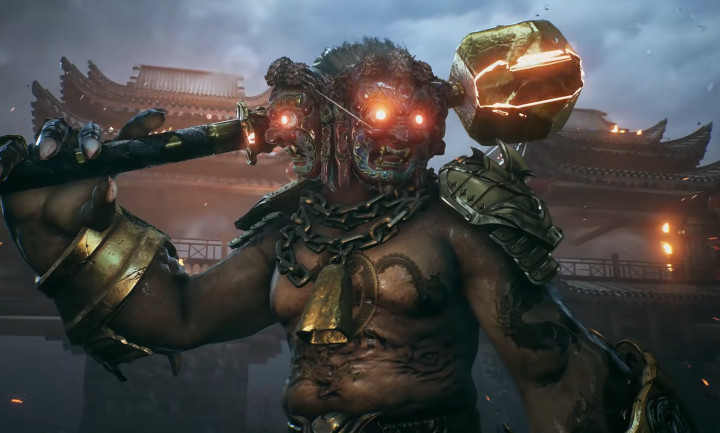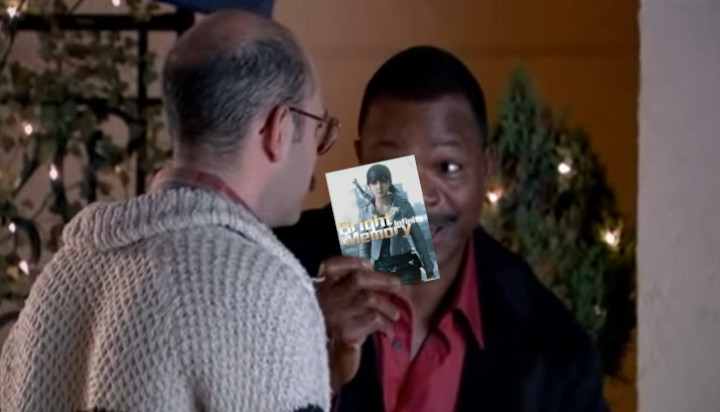
I am not a large company or corporation. It’s shocking, I know. This means I typically can only speculate on how those sorts of entities decide on what games they should make. This is especially true when there is little to no public information to help shine a light on the various questions that float around the old noggins concerning what these folks consider worthwhile financial endeavors.
But I was left with one question after scoping out Bright Memory: Infinite, a game that received mixed reviews but was generally heralded as a monumental feat from a single person: Why don’t larger companies just pump out a dozen or so of these games per year?
I don’t know what the development costs were for Bright Memory: Infinite or its predecessor (simply titled Bright Memory), both of which were made by Zeng “FYQD” Xiancheng. I would have to imagine that, considering Xiancheng was working for SeaSun Entertaiment as a level designer, they probably had access to Unreal already. Or maybe they bought access to the Unreal license on their own?
The point is, studios like Naughty Dog or 343 Industries surely have a handful of developers that are capable of attempting this model of game design. Lord knows they definitely have the resources to put toward such an endeavor. So why don’t they do it?
To be fair, I’m sure I’m oversimplifying things a bit. And I certainly don’t want to sell short the level of talent that Xiancheng possesses. But surely this formula can be replicated, even if only to mixed reviews, considering the talent and resources on tap at any number of larger development studios. And one has to imagine the risk to be pretty low. Even if extra help was needed, or teams of more than one developer were ultimately required to finish the game, there has got to be a profit margin in there somewhere.

I look back fondly on the PS2 era of consoles, where you could go down to your local game shop and find any number of B-tier titles ranging from $20 to $40 bucks that offered unique and fun experiences without cutting-edge graphics or multiple millions of dollars thrown at them. Just a few years back, Ninja Theory tried this approach with Hellblade: Senua’s Sacrifice to acclaim and healthy sales figures. The project was successful enough that Microsoft scooped them up.
“But that’s what the indie market is for,” you might be saying, as you roll your eyes in my general, perceived direction. Sure, and it’s a fair point, I guess. But I would still love to see larger, better-funded studios crank out a series of smaller projects and just get weird with them. Imagine if a company like Remedy Games could deliver a game like Control in one breath, and then some one-person developed take on the action genre in the next.
Maybe I’m just being cuckoo, and maybe this business model would be a failure. Maybe there is no viable market for these types of games. But a boy can dream, and in my dream there’s a have-their-cake-and-eat-it-too scenario where we can have The Last of Us 3 and also a Naughty Dog take on Bright Memory: Infinite. I don’t necessarily mean that exact style of game, but something with a smaller team — far fewer cooks, to paraphrase the old saying.
But who knows? If a company were to give this a shot, they might find themselves with a bit of a stew going.
